im making an ALU with an option to do A + 2B but im having trouble getting my head around multiplying the 2B and getting the proper answer in my test bench.
EG: A = 0110 B = 0011 Equation is A + 2B and im getting 0110
a snippit of my code is
entity ALU is
port( A :IN STD_LOGIC_VECTOR(3 DOWNTO 0) ;
B :IN STD_LOGIC_VECTOR(3 DOWNTO 0) ;
S0 :IN STD_LOGIC ;
S1 :IN STD_LOGIC ;
M :IN STD_LOGIC ;
C0 :IN STD_LOGIC ;
Cout :OUT STD_LOGIC ;
Z :OUT STD_LOGIC ;
F :OUT STD_LOGIC_VECTOR(3 DOWNTO 0));
SIGNAL VariableAlu : STD_LOGIC_VECTOR(3 DOWNTO 0);
SIGNAL FTEMP : STD_LOGIC_VECTOR(3 DOWNTO 0);
SIGNAL FTEMP2 : STD_LOGIC_VECTOR(4 DOWNTO 0);
SIGNAL ZTEMP : STD_LOGIC;
SIGNAL BTEMP1 : STD_LOGIC_VECTOR(4 DOWNTO 0);
END ALU ;
PROCESS(A,B,S0,S1,M,C0)
BEGIN
VariableAlu <= (S0 & S1 & C0 & M);
--M = 1 ARITHMETIC
(part that shifts it, lab teacher told us to do this)
BTEMP1(4 DOWNTO 1)<= B;
BTEMP1(0)<= '0';
when "1111" => FTEMP2 <= ((A) + BTEMP1);
any help would be greatly appreciated.

